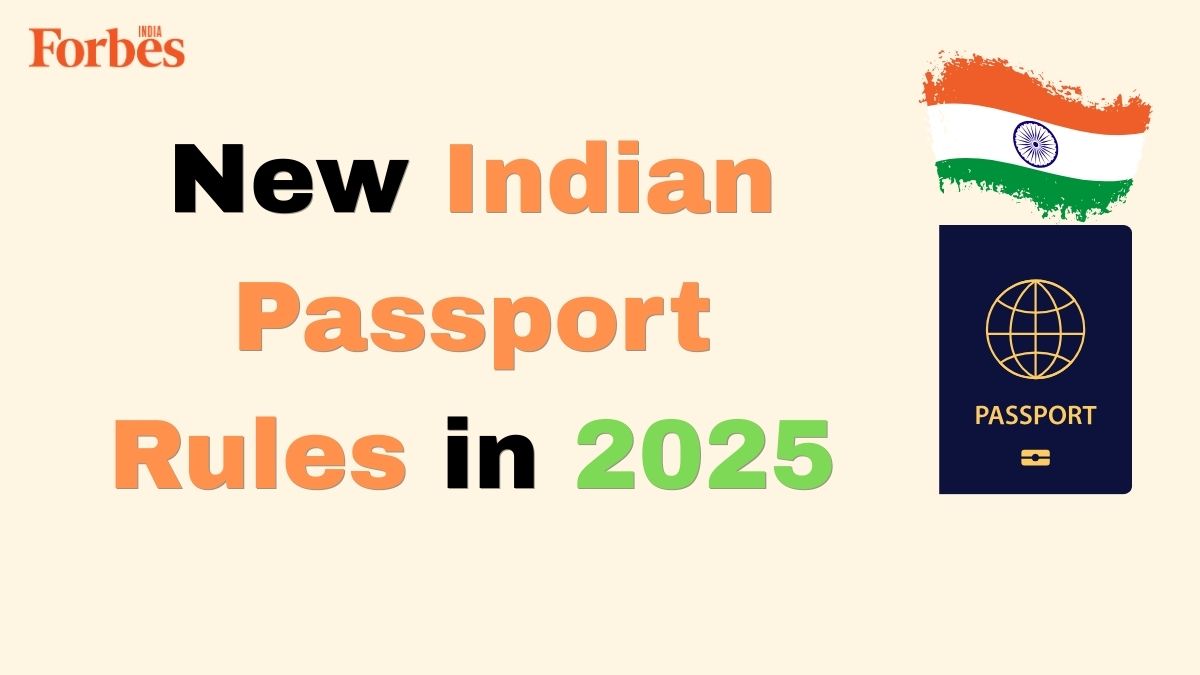However, 2025 has brought significant changes to Indian passport regulations. If you plan to apply for a new passport or renew an existing one, it’s essential to understand these new rules. From digitisation to revised documentation requirements, these new passport regulations aim to enhance security and transparency and simplify applications for everyone.
In this post, we’ll discuss everything you need to know about the latest updates to your Indian passport process.
In February 2025, the Ministry of External Affairs (MEA) officially announced amendments to the Passport Rules, 1980, under Section 24 of the Passports Act, 1967. These updates apply to both first-time applicants and renewals. Let’s understand them in more detail:
The new passport regulations state that if you’re applying for an Indian passport for individuals born on or after October 1, 2023, you must submit a birth certificate as the only proof of date of birth. The certificate must be valid and only issued by the Registrar of Births and Deaths, Municipal Corporation, or any other assigned authority under the Registration of Births and Deaths Act, 1969.
The passport rules on date of birth have remained unchanged for many years, mainly because many rural residents lack birth certificates. However, with stricter law enforcement, mandatory birth certificates will standardise the passport application process and reduce the risk of fake documentation.
For those born before October 1, 2023, alternative documents such as school leaving certificates, PAN cards, driving licenses, voter ID, or attested service records can still be used to apply for a fresh Indian passport or renewal.
No more residential addresses on passports
Another significant change in the Indian passport regulation is the removal of printed residential addresses. Instead of displaying your home address on the last page of the passport, your details will now be stored in a digitally embedded barcode, which can be scanned by the immigration officials when needed.
This new passport rule helps prevent identity theft, fraud, or privacy risks while travelling and is an impactful shift that indicates how passports are evolving digitally.
Removal of parents’ name
The new passport rules eliminated the inclusion of parents’ names from passports, providing greater privacy and flexibility for applicants. This new regulation is especially helpful for those with single parents, complex family histories, inter-faith backgrounds, and who prefer privacy when travelling internationally. It simplifies the Indian passport application process, focuses on your identity, and ensures that your family background does not become an administrative hurdle during document verification.
New colour-coding systems
The Government has also introduced a colour-coding system for Indian passports, making it easier to identify the categories of travellers. Government officials are now issued white passports, while diplomats receive red passports. The deep-blue coloured passports will continue to be the standard for the rest of the general public. This new passport regulation enhances security and ensures smoother processing and identification at immigration checkpoints while travelling.
Expanding the Passport Seva Kendras
To make the Indian passport application process more accessible, the government is expanding Post Office Passport Seva Kendras (POPSKs). Over the next five years, the number of POPSKs will grow from 442 to 600, ensuring better reach, especially in remote areas.
The decision is backed by the Memorandum of Understanding (MoU) between the Ministry of External Affairs (MEA) and the Department of Posts, which will streamline all passport services under Passport Seva. The goal is to process applications faster, maintain uniformity, and provide a smoother experience for everyone under the latest passport regulations.
Frequently Asked Questions (FAQs)
What type of passports are issued in India?
India issues four types of passports: Ordinary passports for citizens, Official passports for government servants, Diplomatic passports for diplomats and high-ranking officials, and Emergency passports for Indian citizens who are in distress or emergency situations abroad.
Which is the world’s most powerful passport in terms of accessibility?
According to Hanley and Partners’ 2025 report, the Singapore passport is the most powerful passport globally, providing visa-free access to 193 countries. It is followed closely by Japan, South Korea, and Denmark.
Which countries allow visa-free travel for Indian passport holders?
Indian passport holders can travel visa-free to Nepal, Maldives, Kenya, Thailand, Indonesia, Qatar, and around fifty other countries. However, entry requirements may vary in each country, so it’s essential to cross-check all the details in advance.

